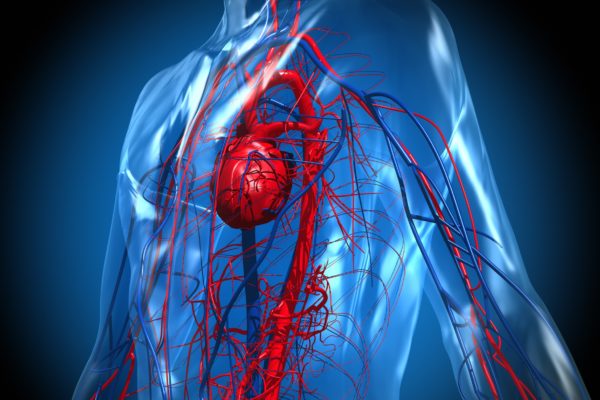
There is no Belgian patient association, but the Dutch website Bhtinformatie.nl provides information in Dutch.
Acoustic neuroma is a tumour that is also known under a number of other names, such as vestibular schwannoma or perineural fibroblastoma. Vestibular schwannoma is in fact a misnomer: acoustic neuroma arises from the cochlear division of the vestibulocochlear nerve and affects the actual neurons; vestibular schwannoma, though closely related to acoustic neuroma, is derived from the Schwann cells of the nerve, and restricts itself to the vestibular division of the nerve.
Acoustic neuroma or vestibular schwannoma occurs generally in patients between the age of 30 and 60 and is a relatively slow growing cancer that grows only 1 or 2 millimetres annually. This tumour is not known to metastasise to other parts of the body.
The primary symptoms of both acoustic neuroma and vestibular schwannoma are unexplained progressive unilateral hearing loss and tinnitus and/or vestibular symptoms, such as dizziness and blurred vision.
When the tumour increases in size, it may affect other nerves in the vicinity, mostly the trigeminal and facial nerves that are connected with the sense of touch and with controlling facial muscles. Symptoms associated with this are loss of feeling in the face, or the opposite: hypersensitivity. Other symptoms include drooping of a mouth corner, or difficulty with opening and closing the eye. Since the tumour almost always only occurs on one side of the brain, symptoms tend to restrict themselves to one half of the face.
If the tumour grows even larger, it can compress the adjacent brainstem, which may affect other local cranial nerves. Larger tumours may also lead to increased intracranial pressure, with associated symptoms such as headache, vomiting, balance problems and mental confusion. This can be a life-threatening complication requiring urgent treatment.
Acoustic neuroma and vestibular schwannoma are generally classed as benign tumours due to their slow growth rate. Very rarely does the tumour present itself on both sides of the brain: this tends to be a genetically transmitted condition. Patients with type-II neurofibromatosis have an elevated chance of developing acoustic neuroma or vestibular schwannoma.
If a patient presents symptoms to a GP that seem consistent with acoustic neuroma or vestibular schwannoma, a physician will try to determine whether the central nerve system is affected or not. He will then refer the patient to a specialist, who will conduct neurological tests and an MRI scan.
Since an acoustic neuroma and/or vestibular schwannoma tend to be benign, and the growth rate is fairly unpredictable, treatment strategy is usually to just monitor the patient and only intervene when symptoms exacerbate.
When the impact on the quality of life is too much, an operation is possible in which all or most of the tumour is removed. Surgeons are reluctant to operate, though, because the chance of damaging other nerves in the area is too great. Radiation therapy seems to be a better option, especially in the case of an inoperable tumour, but radiation also comes with a large chance of permanent neural damage.






